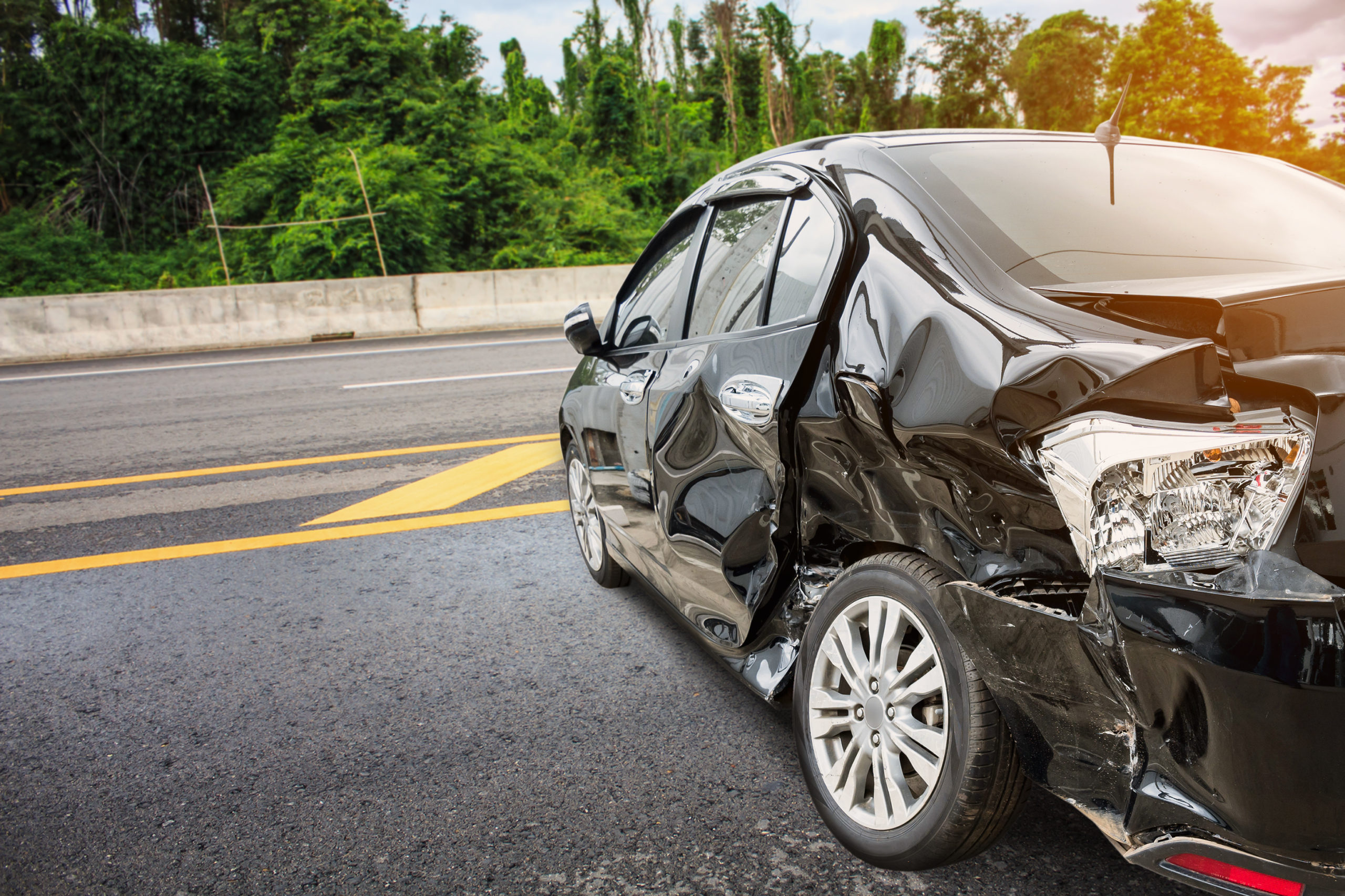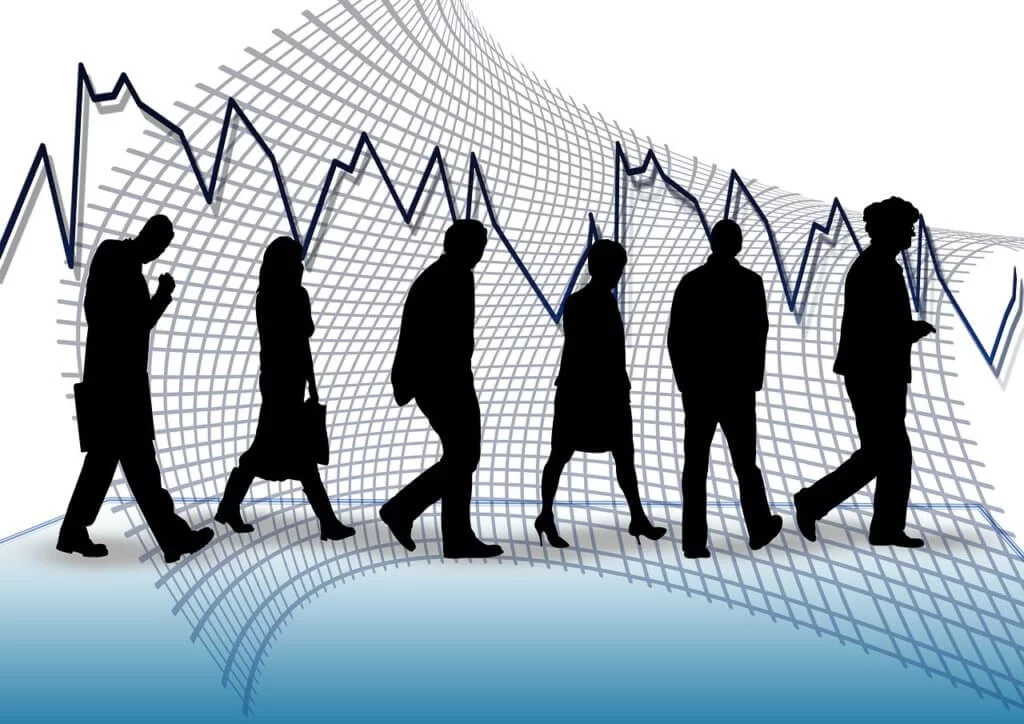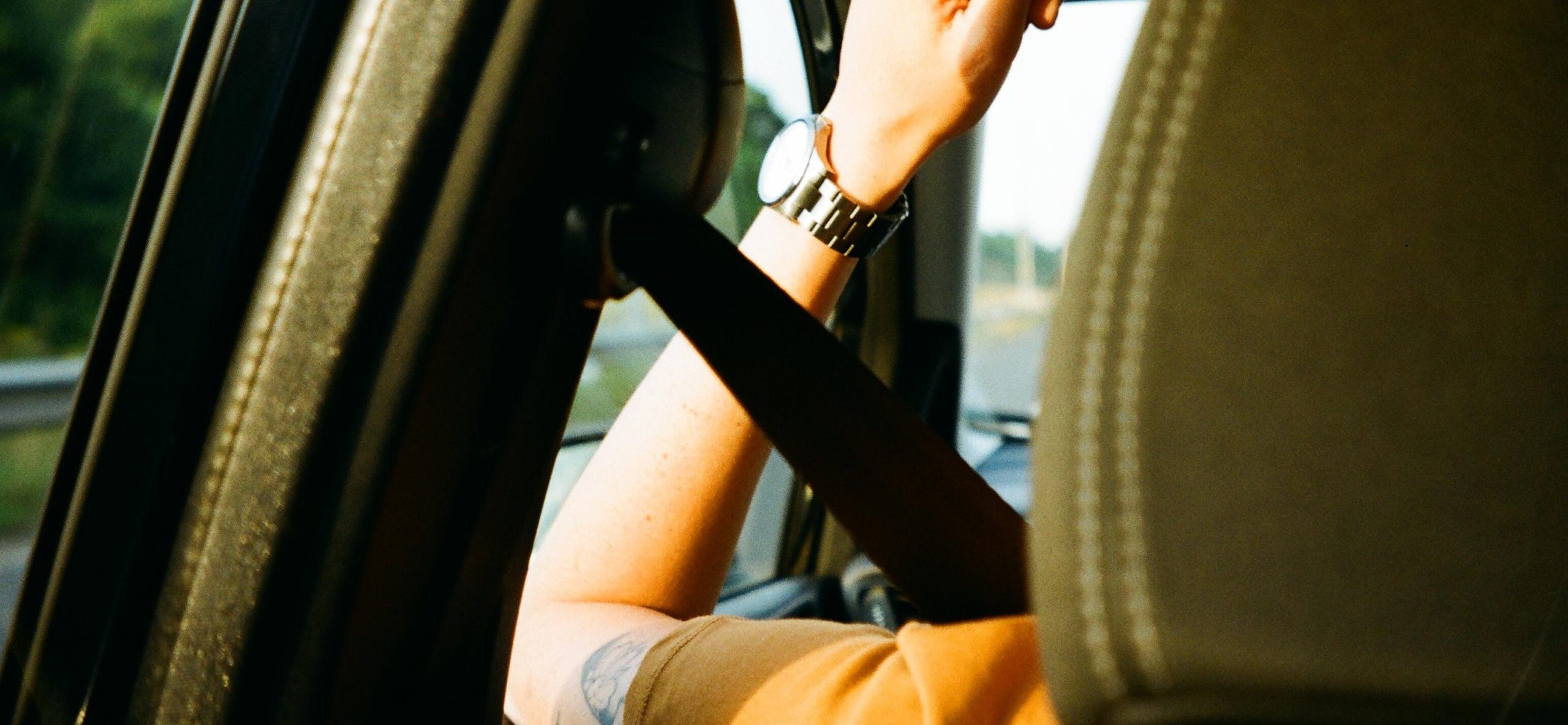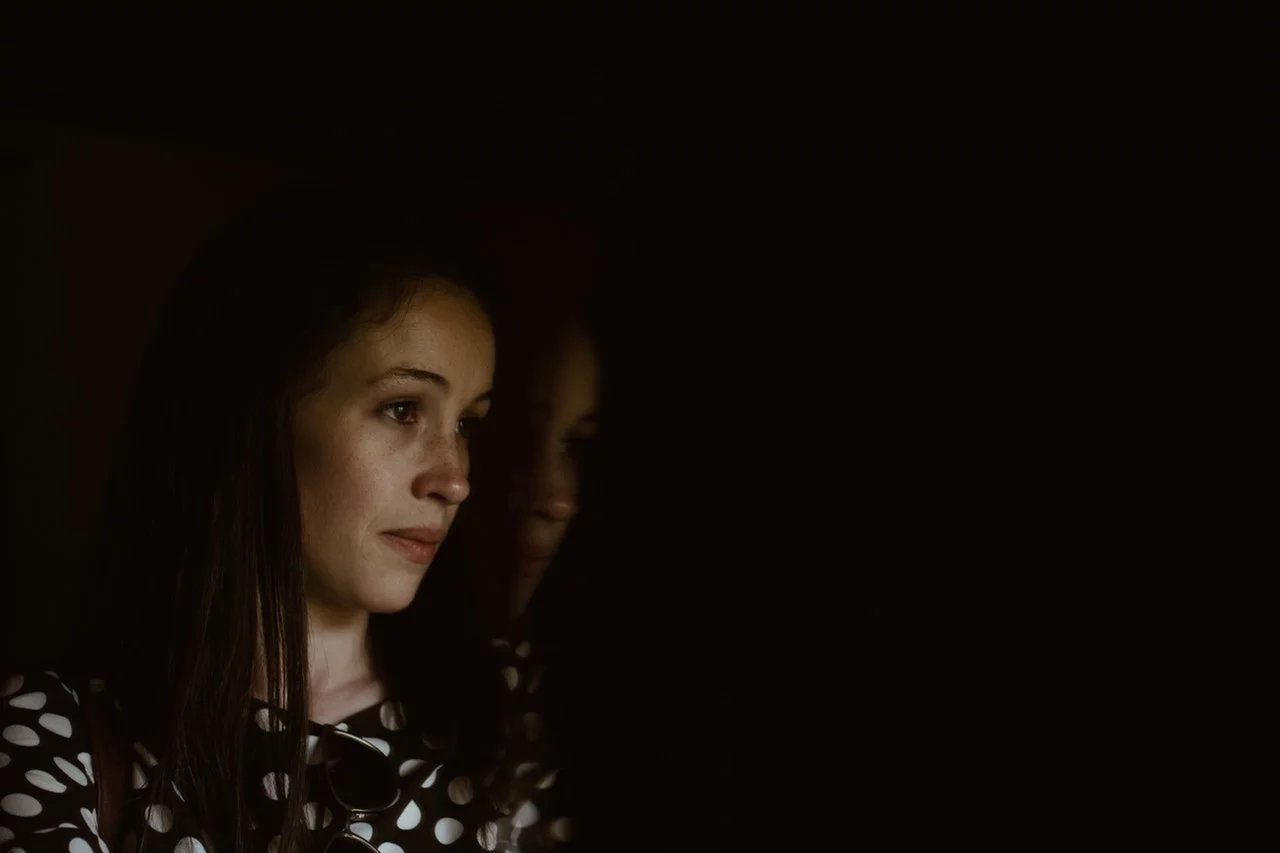Being in a T-bone side impact collision can be a traumatic experience for the victim. Determining who’s at fault can be challenging as it may depend on many different factors. In a T-bone accident, the fault or negligence would go to the driver or party who is guilty of causing the collision under the principle of comparative fault. The party at fault could either be the driver, the vehicle manufacturer, another driver, or passerby not involved in the actual collision, and the like.
Whatever the cause of the T-bone car accident, the evidence taken from the crash will determine who is at fault and will be held liable for any injuries and damages to the other party involved.
How T-Bone Accidents Happen
A side-impact collision, commonly known as T-bone car accident, occurs when the front of a vehicle crashes into another forming the shape of a “T.” This type of accident may happen due to a violation of traffic laws or direct negligence of one or both parties involved. They frequently happen at intersections but can also happen on highways when a driver loses control.
Common Causes of a T-Bone Accident
Several factors can cause a T-bone accident, but most of the time it is due to the driver’s negligence and failure to yield to the other driver who has the right of way. An additional factor to consider would be the vehicle’s defectiveness like a faulty brake line or busted turn signal lights. There are several other common causes of T-bone accidents:
- Failure to yield while making a left turn or U turn
- Answering a call or texting on the mobile device while driving
- Driving exhausted and sleepy
- Snacking or drinking while driving
- Driving drunk or under the influence of an illegal substance
- Beating a red light
- Rash call on a green light
- Faulty vehicle mechanics
- Losing control of the vehicle on a highway or interstate
- Snatching vacant spaces in the parking lot
- Driving fast or above the maximum speed limit
Most causes for a T-bone accident are either committing a traffic violation or being distracted by several different factors. Because of this, determining the party at fault would be easier than other types of vehicular accidents based on distinct and visible evidence.
Who’s at Fault in a T-Bone Accident?
T-bone car accidents are one of the fatal kinds of car accidents on California roads considering the severe injuries that both driver and passenger may suffer. Unlike other types of car crashes, victims from a T-bone accident are directly hit by the other vehicle with only a thin door and window as a barrier from the impact. Although it may seem that in everyone’s point of view the driver at fault would be the one who crashed into the side of another vehicle, this may not always be the case.
Determining who is at fault in a T-bone accident depends on various factors and the potential suspects can be:
The drivers of both or each vehicle involved
Depending on how things stand in the accident, one or both drivers in a T-bone crash may be at fault. Contesting which driver had the right of way would be the typical incident that follows right after the accident. For instance, the driver that made a left turn disregarding the traffic rules is the one at fault for causing the T-bone accident. Additionally, the driver that beat the red traffic light or disregards a stop sign and headed straight causing the T-bone collision would be held at fault.
The motor vehicle manufacturer
Product liability laws hold the manufacturers liable for the damages and injuries caused by their products’ faulty components, such as defective brake lines, transmission failure, and so on. This may hold the manufacturer partially at fault for causing the T-bone accident.
Another driver nearby
Sometimes the driver at fault is the one who evades the collision making another driver be in a collision instead. For instance, driver A made an improper left turn causing driver B behind him to swerve striking another vehicle and causing a T-bone accident. In this incident, the negligent driver who started the chain of events that made an improper turn is at fault and should be held liable.
Determining who is negligent in the event of a T-bone accident generally requires:
- A driver(s) owed the victim a duty of care
- A driver(s) breached that duty of care
- A driver(s) actions were directly responsible for damages incurred
Determining Fault in an Intersection T-Bone Accident
According to the NHTSA- National Highway Traffic Safety Administration, a greater percentage of T-bone accidents happen in an intersection. This happens as a consequence of having both drivers involved in the collision of assuming that they have the right of way when in truth they don’t. Negligence plays a big part in causing a T-bone intersection accident along with these common factors:
Making a Left Turn
A driver thinking that he or she has the right of way and making a left turn on a red light can cause a T-bone intersection accident. This driver can only make a left turn if the vehicle in front is going in the opposite direction that has the right of way with a green light.
In other instances, the opposite happens wherein the driver making the left turn is the one who has the right of way with the green light while the driver traveling in the opposite direction went straight on a red light causing the collision.
Running and Beating a Red Light
Both drivers perpendicular to each other assume that they have the right of way making them run and even beat the red light at full speed making them cross each other’s paths resulting in a collision. The driver that had the red light and runs it will be at fault.
Entering a Stop or Yield Sign
At a four-way stop intersection, a T-bone accident is unlikely to happen since one or both drivers come to a complete stop before entering the intersection, unless when a driver disregards the sign and entered a stop or yield sign while the other driver at the opposite direction is at a go.
Determining Fault in a Non-Intersection T-Bone Accident
In certain circumstances, when the T-bone accident happened on a non-intersection road the driver crossing the roadway will always be at fault since he or she does not have the right of way. The same goes for the following circumstances below:
Exiting a Parking Lot
Most parking lots have no traffic control device that guides the driver when he or she is clear to exit to the main road which is why the driver is responsible to make sure the road is clear in both directions before exiting and crossing the street. When the driver is negligent of this responsibility and drives straight without checking, they will be held at fault for causing the T-bone accident.
Making a U-turn at an Oncoming Traffic
Making a U-turn is a risky maneuver that should be avoided by all drivers at undesignated turns or blind roads. A driver that made a U-turn at oncoming traffic to either change lanes, make a shortcut, or avoid the traffic ahead creates a potential T-bone accident and will be held liable.
Can the Car with Right of Way Be at Fault?
In many instances, the driver to be at fault would be the one who does not have the right of way on the road but despite that, the driver who has the right of way may also be partially at fault. The reason is that the driver with right of way is also responsible for following traffic laws and being aware of the road ahead.
Possible ways that a driver with the right of way may be partially at fault would be:
- A driver crossed many lanes before the T-bone accident happens
- A driver failed to turn his or her headlights on when it’s dark out already
- A driver was going faster than the maximum limit
- A driver was distracted while texting or eating
- A driver driving under the influence
- A driver knowingly drove an unmaintained vehicle that could possibly malfunction while on the road
How to Prove Liability in a T-bone Accident?
It is stated in California’s negligence laws that the driver that caused the T-bone accident should be held liable for any injuries and damages caused to the other driver involved in the collision. However, proving the driver’s liability isn’t always easy since oftentimes the driver at fault would claim that he or she has the right of way, and that the other driver would be the one at fault instead.
Certain factors that would help prove the negligent driver’s liability depend on the proof and evidence that you may have against the negligent driver. Such as:
Police Report
Right after the collision, the first step to take would be to call the police. The police would be able to take note of details like skid marks, car placement, and witness statements which would help determine fault. The police would create a report which would show the preliminary conclusions on who was liable.
Talking to Witnesses and Taking Pictures or Videos
Having as much proof as you can to prove that you have the right of way would make a great deal of difference in winning the claim. Take as many pictures and videos as you can of the damages and injuries incurred and talk to any potential witness such as pedestrians or other drivers who stopped and assisted that is willing to testify and give a statement.
Do I Still Have a Claim If I Was Partly to Blame for the T-bone Accident?
Governed by California comparative fault law, the driver deemed to be partially at fault can still be awarded damages. The damages awarded are based on the percentage of fault that the driver has caused. For example, if the driver is seen as 30% at fault for causing the accident, this will result in them having to pay for 30% of the damages to the other driver and vice versa.
In some situations, the driver who is injured may be considered negligent and partially at fault for their injuries even if he or she did not cause the T-bone accident. This can be used by the at-fault driver to be an affirmative defense against the other driver because of his or her negligence contributed to the severity of damages. Some signs of being partially negligent would be:
- The turn signal lights are functional and working but were not used
- The driver who was hit failed to wear a seatbelt
- The driver who was hit was speeding
Injuries Caused in a T-bone Accident
Shattered windshields, dented fenders and bumpers, broken glass, and metal pieces scattered everywhere are the most common property damages that you would expect to see from a T-bone accident. The personal injuries that individuals in a T-boned car accident sustain are even worse. The severity of injuries in a T-bone accident can vary depending on safety mechanisms like airbags, seatbelt use, speed, and angle of impact, and make and model of vehicle. The following injuries can result from a T-bone accident:
Head Injuries
Being struck with such force from the other vehicle would make the driver in the other vehicle sway aggressively hitting the dashboard, steering wheel, or side window resulting in severe to fatal injuries. Although modern cars nowadays are fully equipped with safety features such as side curtain airbags to lessen the impact of the collision, the head is still a vital and delicate part of the body that can easily be injured. Depending on the force of impact, the driver could get a minor concussion to a severe traumatic brain injury.
Whiplash and Spinal Injuries
The whip-like motion of the driver’s head due to the impact of the other vehicle could cause head injuries, cervical muscle sprains, and even spinal injuries. Such injuries produce tremendous pain and require advanced medical treatment usually surgeries. Spinal injuries take several days to go from bad to worse, which is why immediate medical intervention and treatment are a must to avoid any permanent damage.
Bone Fractures
The force of impact from a T-bone accident may result in certain to several bone fractures. Usually, the body parts that do fracture are the neck, pelvis, clavicle, skull, lower extremities, and the like.
Internal bleeding
This is the type of injury that is considered dangerous and deadly. Unlike physical injuries such as bruises that can be visibly seen, internal bleeding is unnoticeable and has symptoms that are mild such as abdominal pain, dizziness, chills, and fatigue. This injury is the result of blood vessels in the body being ruptured due to the impact of the collision. Left untreated may lead to surgery and can be fatal.
Emotional Trauma
Although the physical injuries sustained from the accident cause pain and suffering to the driver, the emotional trauma from it is what is usually overlooked and has an even severe and longer damage to the driver.
Compensation for a T-bone Accident
Just like in any car accident, in a T-bone accident, its victims may face many expenses. Such expenses usually pertain to the property damages and injuries sustained in the accident. The damages in a T-bone accident that can be compensated are:
- Medical bills: hospital appointments, emergency room care, physical therapy, medications or medical supplies, future care, etc.
- Car repairs: dents, paintwork, windshield or window replacement, bumper repair, total loss replacement, etc.
- Lost wages: due to injuries sustained, recovery time away from work may incur lost wages that the victim can ask for compensation.
- Pain and Suffering: the physical injuries and emotional trauma that gives the victim pain and suffering can be compensated as soon as it can be proven that such inconvenience was brought about by the accident.
- Lost earning capacity: this gives compensation to the victim with regard to work-related income that is sure to be lost in the future because of the effects and damages from the accident.
- Loss of consortium: this is the deterioration of companionship or intimacy between the married couple or registered domestic partner as a result of the damages from the accident. With this, the victim can claim subjective compensation.
- Wrongful Death: in a T-bone accident gives the surviving family members or the estate to take legal action against the other driver’s wrongful act and claim damages when the victim or driver dies from the accident.
How a Car Accident Lawyer Can Help
Being a victim of a T-bone accident can put a heavy burden on its victims and securing the necessary pieces of evidence while dealing with the pain from the physical injuries and shock can surely be daunting. A car accident lawyer will not only assist and guide you on the legal steps to take in filing a claim but as well as help you defend your rights and gai the compensation you deserve.
Mesriani Law Group offers a free consultation on top of the firm’s policy of “No Win No Fee” giving each and every car accident victim the chance for secure and fair consultation of their rights and the maximum compensation that each one deserves. Contact us today to get a free consultation.
T Bone Accident FAQs
Can you get whiplash from T Bone?
Yes, whiplash is an extremely common injury sustained in T-bone accidents. A side impact collision will cause the drivers’ heads to move forward or sideways causing neck injuries.
Where are T Bone crashes most common?
T-bone accidents are most common at intersections where drivers fail to yield when another driver has right of way. This typically happens when drivers fail to stop at a light or fail to yield on a left-hand turn.








